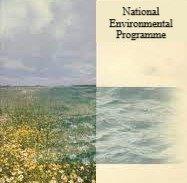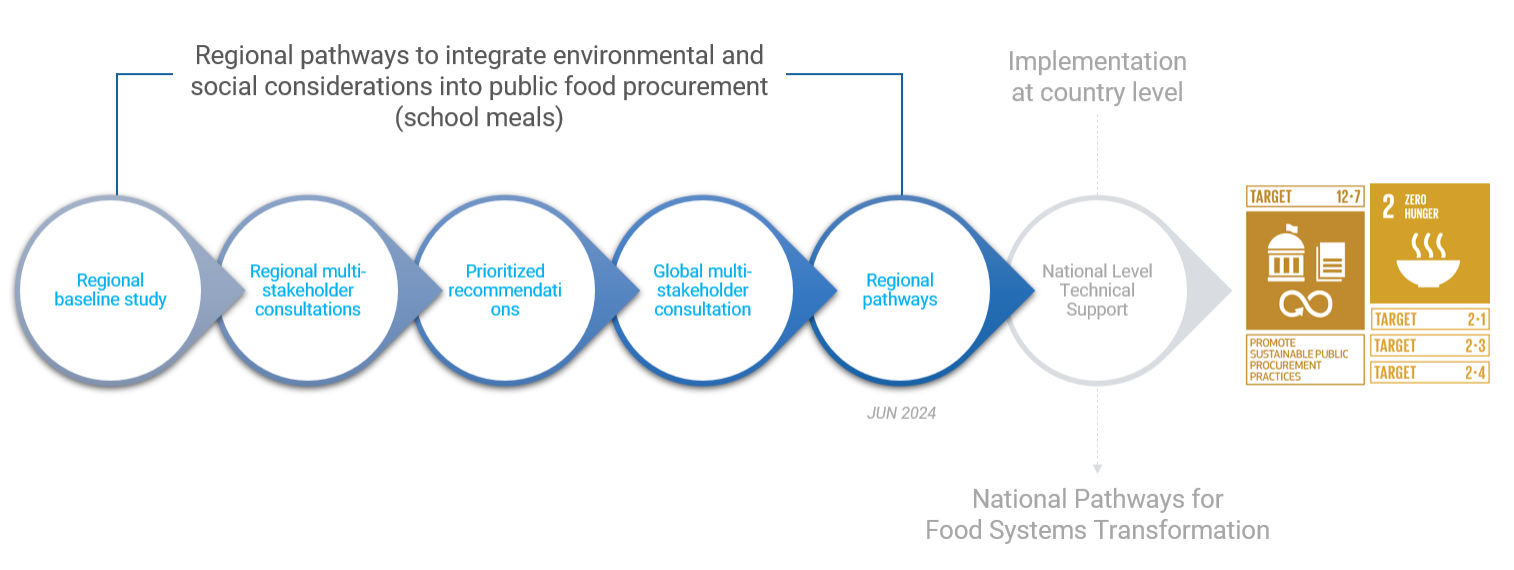5th National Environmental Programme for 2026
Since 1997, the comprehensive framework for environmental policy in Hungary has been represented by the National Environmental Programmes (NEP). The 5th NEP defines the country's environmental targets and the measures necessary to achieve them, taking into account the national conditions, the long-term interests and future development goals of society, and the commitments related to international co-operations and EU membership. In 2022, the Hungarian Parliament adopted the 5th NEP for 2026 and the evaluation of the 4th NEP (2015-2020).
The overall objective of the 5th NEP is to improve the environmental status of Hungary and ensure environmental conditions for sustainable development. Strategic objectives:
- Improving environmental conditions for human health and quality of life, reducing the impact of environmental pressures.
- Protection, restoration and sustainable use of natural values and resources.
- Improving resource saving and efficiency, greening the economy and strengthening the circular economy.
- Improving resource efficiency and making steps toward a green economy.
- Improving environmental safety.
The aim is to facilitate the efficient management of natural resources and the sustainable use of resources that considers the prevention of pollution and the loadability / regeneration capacity of the environment. Particular attention should be paid to separating socio-economic development from environmental pressures i.e. the well-being of the population should be increased in a way that facilitates the reduction of the relevant environmental impacts. Changing consumer behaviour and the shift in demands towards environmentally sustainable products and services confirms the need for „sustainable” production processes. Sustainable production saves on resources (including materials, water, land, soil and energy use while also considers recycling and durability, and aims at closing material cycles); reduces harmful environmental impacts (diminishing emissions and waste generation, sustainable use of renewable resources) and increases the value of the goods and services.
External source(s)



